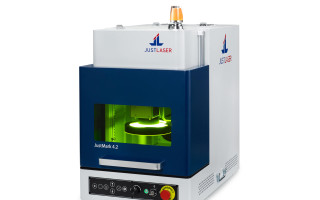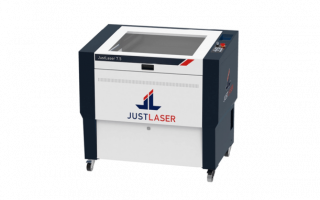A big benefit of using a laser to mark plastic is that even the smallest components and details on difficult-to-reach places can be marked quickly and easily. Contactless processing provides perfect, highly-resilient results. The plastic component doesn’t need to be clamped or secured for this process, guaranteeing process safety. The process leaves component surfaces (colour change) completely undamaged. It is not necessary to carry out any special pre-treatment or post-treatment.
The results are high-contrast and can be read easily, even with the smallest line widths. They are heat, solvent and acid-resistant, and are permanently abrasion-resistant. In terms of optimal quality assurance, this guarantees long-term traceability for components and products.
A large number of different plastics are suitable for laser marking or cutting. There are practically no limits to design: Dynamic content from ERP systems, logos, serial numbers, data matrix codes, barcodes, photos and much more can be produced on plastics using a laser. The marking is quick and efficient – it isn’t necessary to change tools or retool for different inscriptions.
In comparison to alternative processes, marking plastic with a laser is considered to be an extremely cost-effective variant. There are no maintenance costs (no tool wear) or costs for consumable materials (chemicals, inks, etc.). The process is significantly quicker in day-to-day work than mechanical processes, for example.


